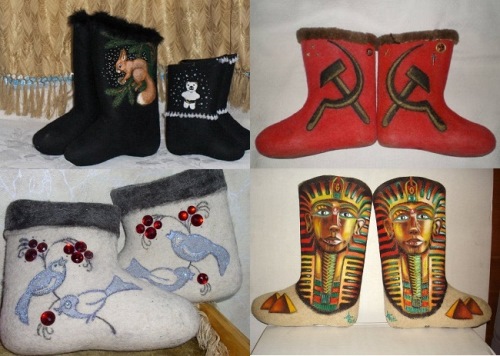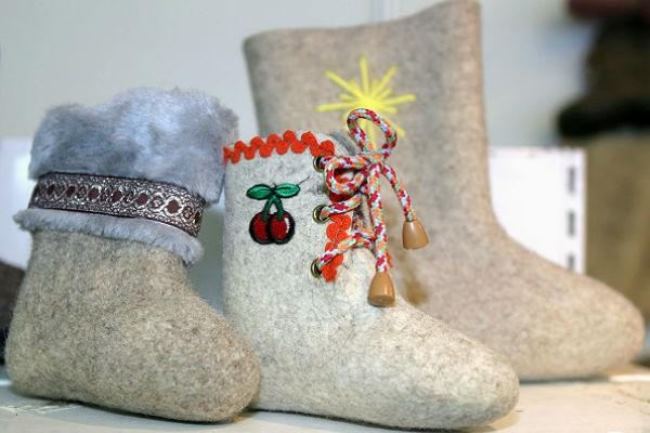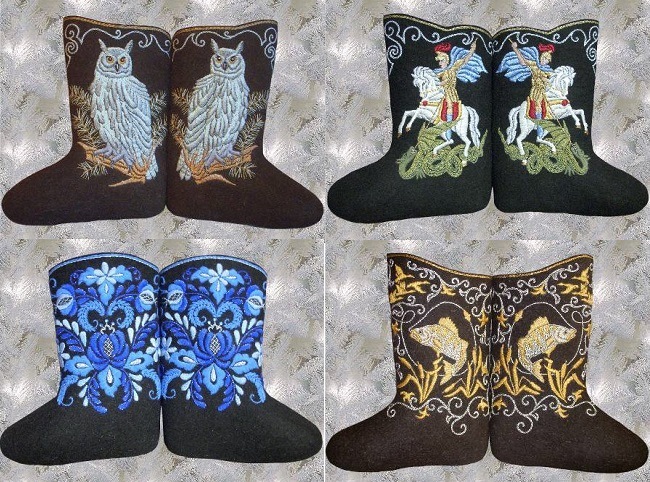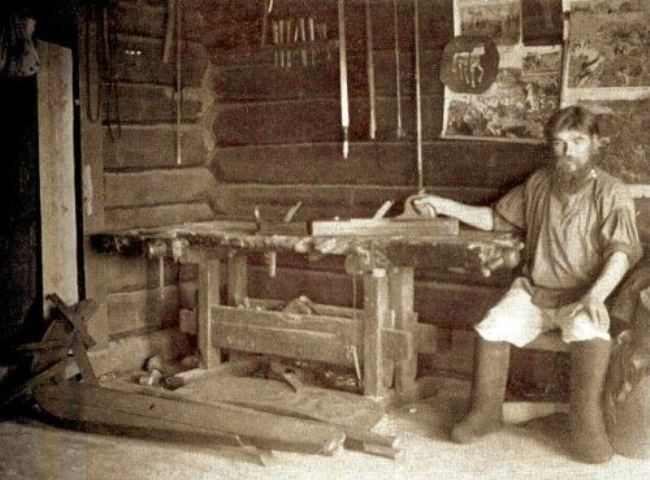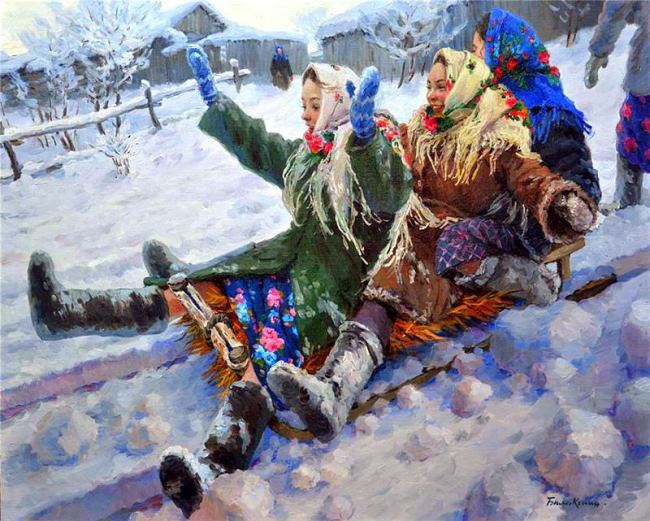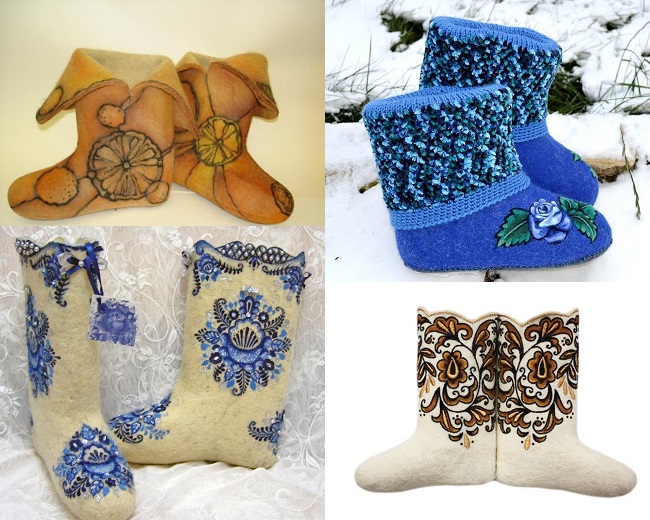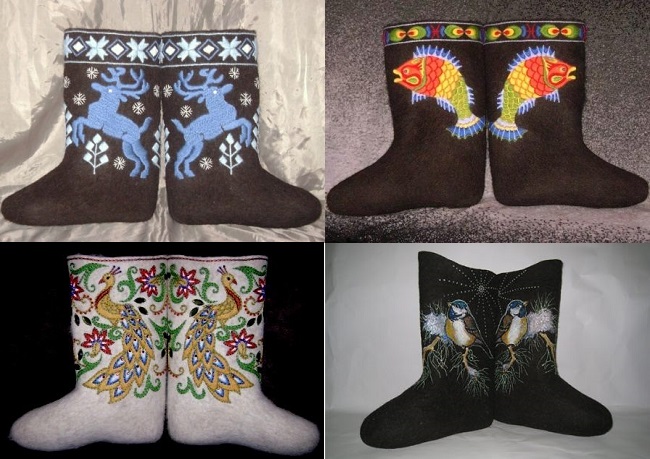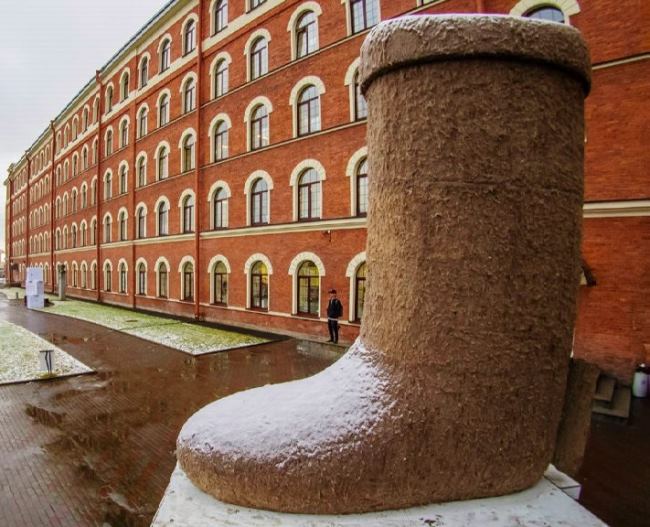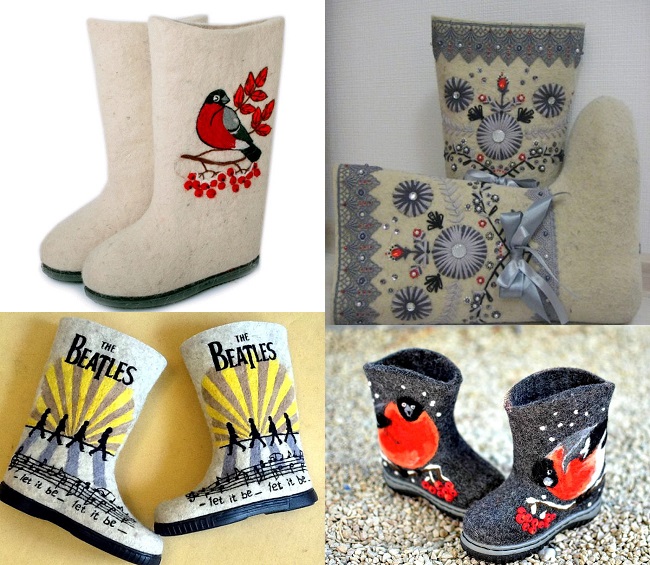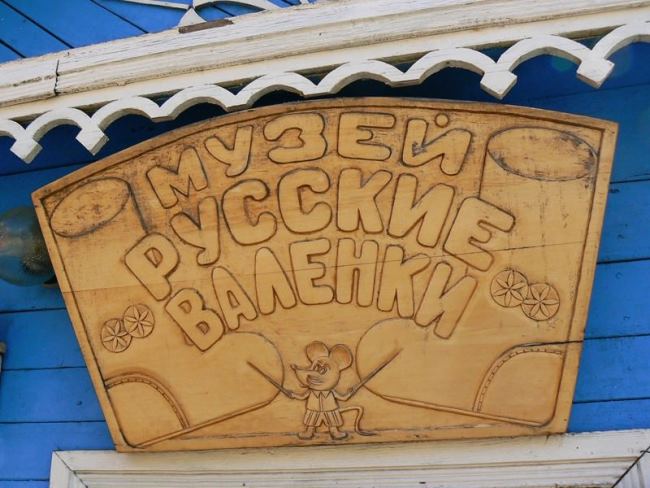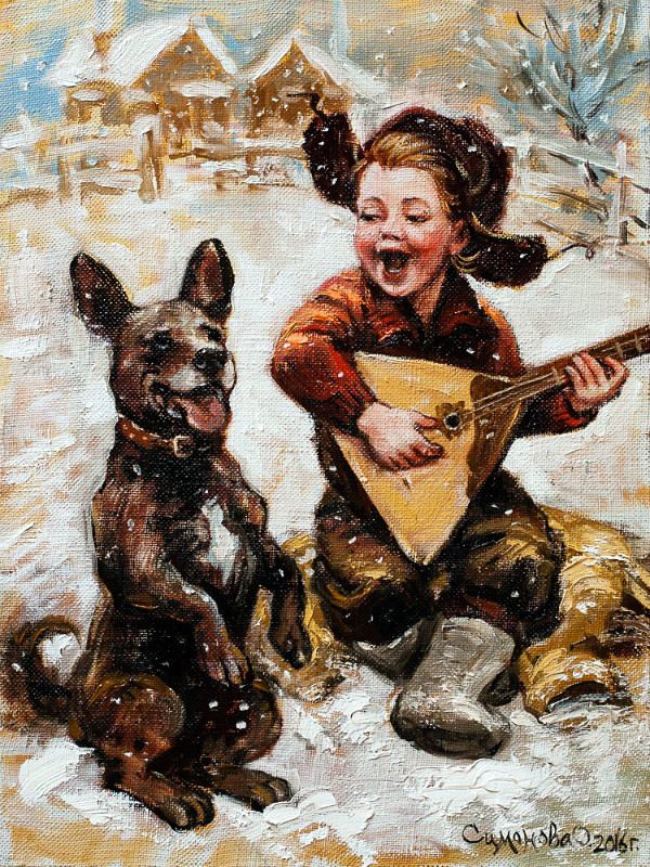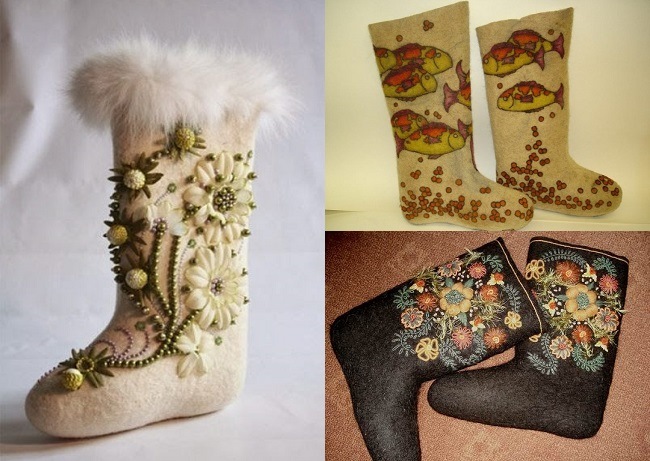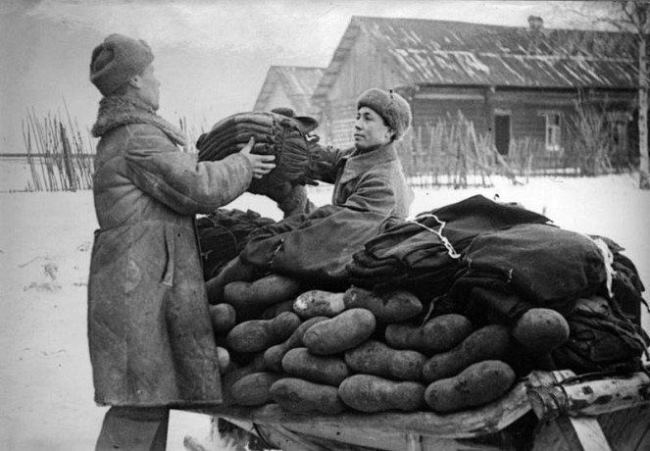Interesting valenki
Nowadays, valenki are again in fashion. Valenki are traditional Russian footwear made of felt. They are colorful and very warm.
People learned to make felt long ago. Carpets, hats, clothes, and many other things were already made of it long before our era. A thousand and a half years ago, people already knew how to make shoes with felt inserts. Then they began to sew the felt and make slippers. And only about two hundred years ago, an unknown master made a felt boot without seams.
Technologically, the manufacture of valenki is not complicated. At first the wool is cleaned and rolled for a long time. Then it is washed, beat and dried. To give color, they use alum, bluestone and blue sandalwood, and for lightening they use whitewash mixed with fresh milk or bleach in the sun.
If you want to get smooth valenki you should rub them with a pumice stone. And if you need woolly valenki you should use a grater.
In the first quarter of the 19th century, the factories appeared. Well-to-do peasants wore expensive valenki, while the ordinary family often had one pair and wore them in turns. They were worn for a long time. Mikhail Prishvin even wrote the story Grandfather’s Valenki: “Everything in the world has an end, everything dies, and only grandfather’s valenki are eternal.”
During the World War II soldiers wore valenki in harsh winters. The Germans, especially during the second winter of the war, also changed their boots for valenki. They robbed warehouses, shops and people in the occupied territories.
Not many people know that in addition to the fact that wonderful felt boots save legs from frost in winter, they are able to heal: natural sheep wool has a unique ability to absorb and evaporate moisture, while remaining dry. So wearing valenki helps to cope with colds faster. Lanolin or animal fat contained in wool effectively relieves muscle, joint and rheumatic pains, and the dry heat of sheep’s wool not only relieves nervous tension, but also contributes to the rapid healing of wounds and fractures, and prevents the development of inflammatory processes.
Only four countries are engaged in the industrial production of valenki – Belarus, Ukraine, Kazakhstan and Russia, although there are small workshops around the world.
The main material for valenki is sheep wool, but they also use goat wool, and camel felt boots are considered the most elite and original.
In Moscow and Myshkin there are museums of valenki.
The Italian company Judari produces popular and stylish felt boots under the brand Russy Valenki.
